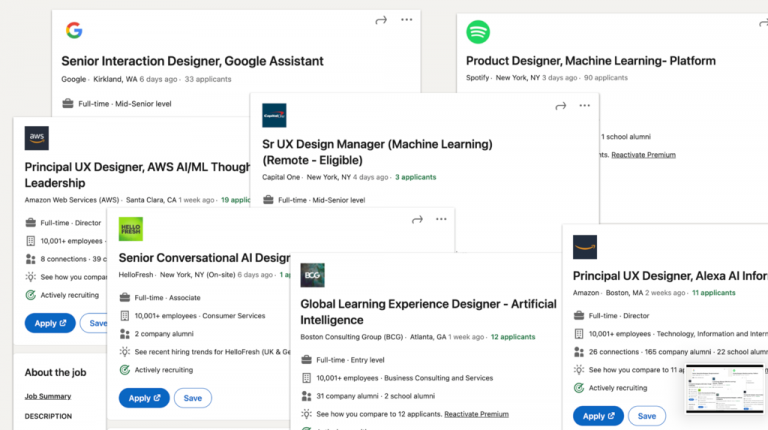Designing social tools around user interests
“Social interests involve two psychological insights: that users are interested in others generally (social activities, or what’s going on); and users are interested in others particularly (another user).
Each of these is doubled up by the self-reflexivity of social action: users are interested in how they themselves appear to others in general (one’s self image, impressions made, the stuff of “self-presentation†common in social media); and another particular user’s relationship to him or her (e.g. their interest in us).
From this we can quickly see that social media are not a matter of straightforward goal-oriented interaction design. As users, we are aware (if not consciously) of what and how social activities proceed. We become interested in ourselves, in how we are perceived, and in the relation others take up to us.
Thus the interest captivated by social media is twofold: it’s a self-interest and an Other-interest. And the habits that engage users with social media engage users are not just the interaction between a user and the site, but between the user and other users. In the course of using social tools, reciprocity by others, and our mutual recognition of each other, deepens our interests and interactions.”




